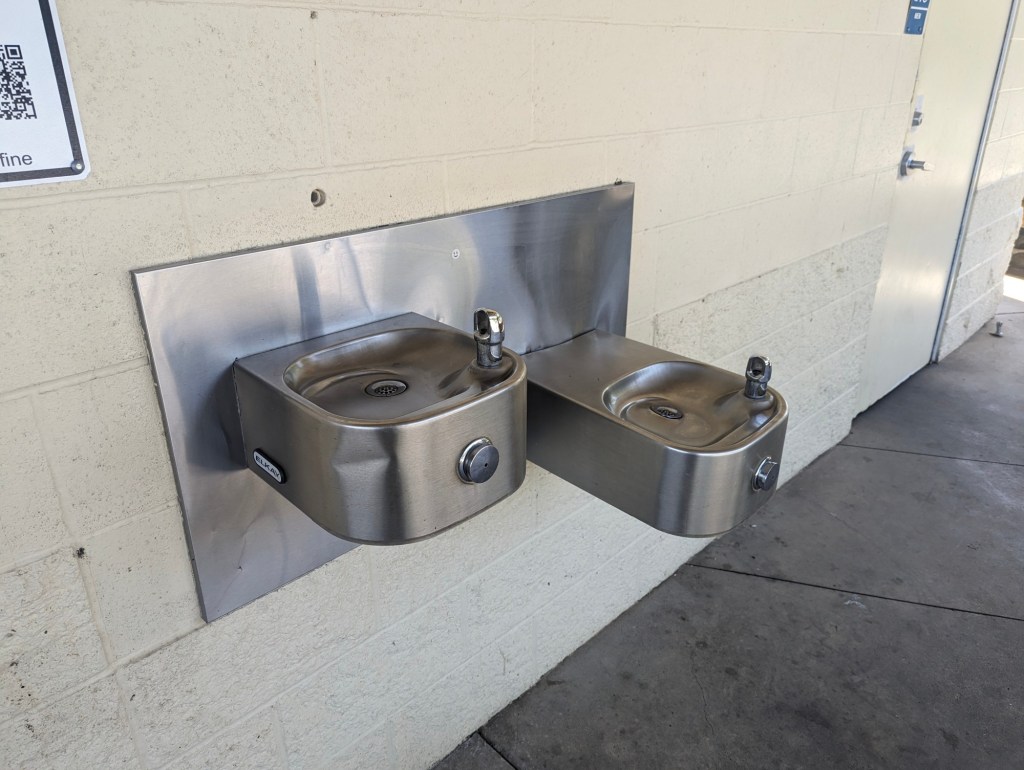OROVILLE — The legacy of a public health achievement in Oroville — adding fluoride in drinking water — is now on its way to being reversed as Oroville councilors pleaded for personal choice over its widely-researched public health benefits, leaving health experts worried on dental care costs likely increasing for rural children.
The City Council voted 6-1 Tuesday and passed an ordinance to begin working with the California Public Utilities Commission on lifting its fluoride requirement with Cal Water.
The requirement has been in place since 1957, thanks to a grassroots movement of citizens in the late 1940s and 1950s which pushed the City Council at that time to directly request the CPUC to order Cal Water to add fluoride; tension between the city and the utility ran deep at the time.
Newspaper articles during that era promoted benefits of adding fluoride to drinking water, with headlines like “With Half Your Teeth Gone At 40, Why Buck Fluoride?” and “Survey Shows Fluoride in Drinking Water Not Harmful.”
In fact, Oroville complained directly to the CPUC citing that about 2,578 children have about 14,155 decayed, missing or filled teeth from dental caries, and that adding fluoride to drinking water would reduce this approximate number to 6,606 damaged teeth, according to the March 1, 1955 Oroville Mercury-Register.
For 67 years, Oroville residents had fluoridated water likely without total awareness. But now, as the requirement is on its way to being lifted, children may be at larger risk for dental caries.
The issue of fluoridating water — which once brought Orovillians together to lobby their City Council to send a letter to the CUPC — only brought two public speakers to comment on Tuesday’s meeting, including one person in support of removing fluoride.
The sole dissenting speaker, aside from a letter sent by Butte Sierra Dental Society, was Howard Pollick, a professor at the UC San Francisco School of Dentistry and a spokesman on fluoridation for the American Dental Association and California Department of Public Health.
Pollick informed the council on scientific research of fluoride from the American Dental Association which showed increased risk of dental caries in non-fluoridated communities in children in Kindergarten through third grade.
According to Pollick, research shows that five years after fluoridation stops, second grade children saw a 200% increase in tooth decay compared to children of the same age before it stopped — and evidence for this was found in Alaska, Alberta, Canada and Israel.
“I would feel derelict to my responsibilities to the people of California, being the fluoridation consultant for the California Department of Public Health, including the people of Oroville, if I did not provide information about the benefits of fluoridation,” the researcher said to the City Council.
Pollick said he opposed lifting the fluoride requirement because community water fluoridation is a safe, inexpensive, effective and equitable public health program recognized by the Centers for Disease Control and Prevention as one of 10 great public health achievements; that scientific and public health organizations that reviewed evidence confirmed the benefits and safety of public water fluoridation including the U.S. Public Health Service, American Medical Association, ADA, American Academy of Pediatrics and the World Health Organization.
“There is evidence that stopping or discontinuing fluoridation will lead to increase dental health problems, increased dental cavities, more extensive cavities; the need for more expensive dental treatment including root canal procedures and tooth extractions,” Pollick said.
In the choice of the council to continue fluoridation in light of its health benefits, it deferred to residents’ personal choices and voted yes on its resolution to lift Cal Water’s fluoridation requirement, with Councilor Krysi Riggs being the sole dissenting vote.
Riggs said she grew up in a community without fluoridation and often would miss dentist appointments because her insurance was expensive. And now as an adult, she’s had to tend to her poor dental health that stemmed from her lack of health care as a child.
“Although there are a lot of methods in which people can choose to add fluoride to their dental care — and although dentistry has improved fluoride applications — lower income individuals have difficulty receiving that care and have difficulty purchasing that higher quality project,” Riggs said. “The way I see this is this would actually put a larger disadvantage on lower income households that really do rely on (fluoridation) as their first line of defense for tooth issues.”
Councilor Eric Smith said he was in support of lifting the fluoride requirement because he disagrees with a government body mandating “our will” of whats best for the public, and that he always defaults to personal choice.
Councilor Shawn Webber, before public comment even began, attempted to motion immediately into a vote, but was interrupted by meeting procedure rules. Later, Webber said he would vote yes because he’s received comments from his constituency in support of the oridnance; that other nearby communities aren’t fluoridated and would be “hard pressed” to see if data, if it were available, would show a “staggering” difference in tooth decay in comparison.
After the vote, Mayor David Pittman thanked the public for their input on both sides of the issue.
“That’s what we’re all here for,” he said.
Originally Published:
